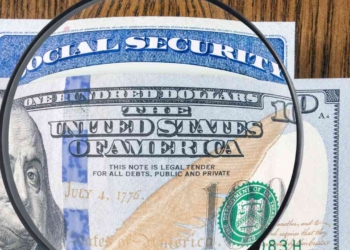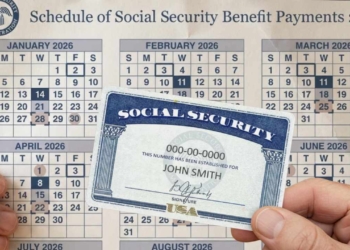A part of Americans receiving Social Security benefits in the United States will see a change in the amount deposited during the month of August. This change is the direct result of the Social Security Administration’s implementation of a new compliance policy. The initiative focuses on the collection process for funds that were erroneously awarded to recipients in the past.
The circumstance that motivates this action is known as an overpayment. An overpayment occurs when a beneficiary receives more money than they are entitled to. This situation can be caused by various variables, such as an individual’s failure to report changes in their income or inaccuracies in the benefit calculations performed by the federal agency’s own systems.
The big problem of Social Security overpayments
Administrative data indicates that between fiscal years 2015 and 2022, the SSA disbursed nearly $72 billion in improper payments, the majority of which were overpayments. As of September 2023, the agency still had $23 billion in uncollected overpayments.
The updated mechanism authorizes the institution to withhold up to 50 percent of the total value of an individual’s monthly payment. This withholding will be maintained on a recurring basis until the entire amount identified as excess is returned to the agency.
This procedure represents a significant departure from previous protocols, where the maximum withholding percentage for this purpose was limited to one-tenth of the benefit. The decision to increase the recovery rate to 50 percent came after the previous administration proposed withholding 100 percent of benefits, which sparked intense debate and concerns about the impact on beneficiaries.
The SSA began sending formal communications regarding this situation to affected individuals starting April 25 of this year. These official documents gave individuals approximately 90 days to complete any formalities or objections before automatic deductions began. This 90-day timeframe means that the first effective withholdings began toward the end of July, directly impacting checks for August, which are the first to reflect the full deduction.
The notifications detail the total amount of the alleged surplus, its origin, and the new payment schedule with the withholding already applied. The three-month grace period was established to allow citizens to review the information, gather supporting documentation, and, if necessary, file an appeal or request an exemption.
How you can protect your Social Security benefits
Federal regulations establish that individuals who have received an overpayment notice have administrative options to address the situation. They can reimburse the full amount owed through various payment methods, including credit card, electronic transfer, or money order.
However, if the beneficiary believes the error was not their fault or if sudden payment would represent an unsustainable financial burden, they have the right to request an official waiver.
Alternatively, it is possible to challenge the decision on the overpayment amount or even request that the monthly recovery rate be lower than 50 percent, adjusting it to the individual’s actual financial capacity. A crucial procedural aspect is that the agency is required to suspend any collection action while an appeal or exemption request is under official review.







